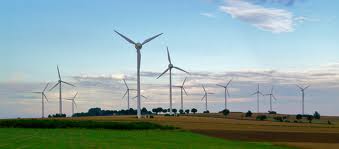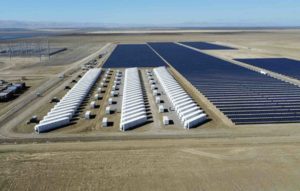Billion dollar businesses and billion dollar interests have a lot of money they can use to attack their up-and-coming competitors. Even if those competitors are driven by clear thinking and clean energy, money directed in an effective way can make them look bad. Promoting misinformation lacks integrity, but it’s very common within large industries and economic sectors.
People are busy. They do not have the time to research each myth out there. Thus, we sometimes get fooled. Here at CleanTechnica, we try to make it a bit easier to get some straight-up, correct information. Greed-driven myths hurt the world, and our #1 goal is simply to help the world.
I came upon this bird directly in front of the door of my local library. The bird hit the glass of the library door and died. Yes, 3rd on the list of things that cause birds to die, is collisions with buildings.
Peter Sinclair provides us with The List of Top Bird Killers (via CBC):
1. Domestic and feral cats: 200 million
2. Power lines, collisions and electrocutions: 25 million
3. Collisions with houses or buildings: 25 million
4. Vehicle collisions: 14 million
5. Game bird hunting: 5 million
6. Agricultural pesticides 2.7 million
7. Agricultural mowing: 2.2 million young birds, equivalent to one million adult birds
8. Commercial forestry: 1.4 million nests, equivalent to 900,000 adult birds
9. Communications towers: 220,000
A resource that cannot be depleted or sacrificed is wind. Wind is not toxic (unless it carries pesticides, that is). Wind cuts global warming pollution. Wind turbines use much, much less water than fossil fuel power plants, nuclear power plants, and even solar power plants. Wind does not use slave labor to produce it. (If I am wrong about this, please comment and let us know.)
Another Peter, Peter Singer also communicates change and generates extraordinary vibrations of thought considering humanitarian value systems. Central reasoning of Peter Singer is bestowed as follows: “If we can prevent something bad without sacrificing anything of comparable significance, we ought to do it.”
Wind power doesn’t even make the list above. Wind turbines have been increasingly improved in a way as to minimize bird deaths. We need wind power, and it’s nice to know that it’s not the big bird killer it’s made out to be. For sure, there is room for improvement, but there almost always is, and that doesn’t mean we shouldn’t use the best, cleanest, safest options we have.
First published at Cleantechnica. Reproduced with permission.











